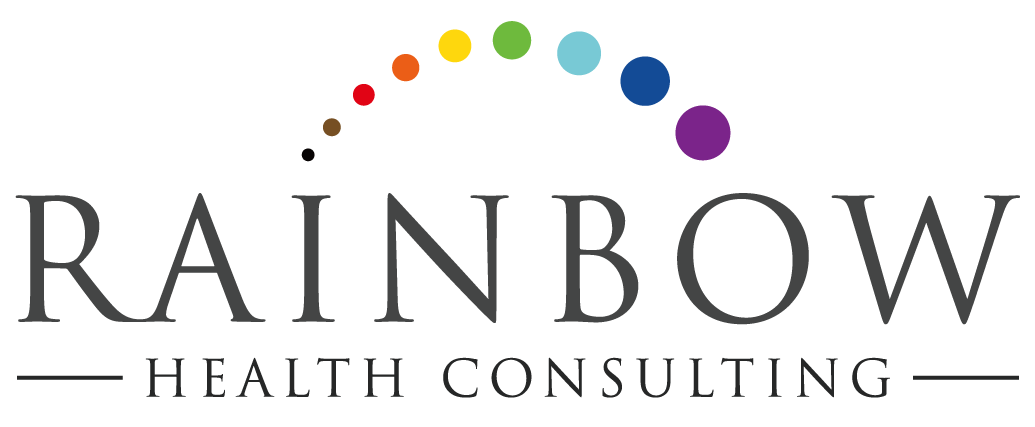Ensuring Stigma-Free HIV/AIDS Detection and Care
December 1st was World AIDS day, which was first marked thirty years ago. Since that time, this annual observance has continued to be an important reminder of the ways in which the HIV/AIDS epidemic has evolved since the early 1980s when it was first beginning to be identified.
According to recent statistics from the American Foundation for AIDS Research (amfAR), there are an estimated 1.1 million people in the United States living with HIV. In 2016, we saw 39, 782 new infections, with more new diagnoses concentrated in the southern half of the US. African Americans received 44% of new HIV diagnoses in 2016, though they comprise only 12% of the population. In total, there were 6, 465 AIDS-related deaths in the United States in 2016.
Gay and bisexual men in the US still account for a disproportionate amount of new diagnoses of HIV/AIDS, making up 83% of new HIV diagnoses in men while comprising only approximately 4% of the US male population. African American men and young men ages 13 to 24 made up the vast majority of new diagnoses.
The face of HIV/AIDS has changed dramatically over the past three decades, but health care providers should still be considering the concerning number of new diagnoses, especially in young people. amfAR estimates that 15 percent of Americans living with HIV/AIDS do not know their positive status. Health care providers should be alert to risk factors and encourage stigma-free testing opportunities.
The Centers for Disease Control and Prevention recommends that everyone between the ages of 13 and 64 years old gets tested for HIV at least once. By destigmatizing testing, we can increase the amount of early detection and prevent further transmission. For those with risk factors, the CDC recommends more frequent testing. Some risk factors include having vaginal or anal sex with someone who is HIV positive or whose HIV status the patient doesn’t know; having sex with multiple partners; or injecting drugs and sharing needles or syringes with others. Additionally, health care providers should encourage all pregnant women to get tested as well so that if needed, transmission to the newborn can be prevented.
Health care providers that work with patients and clients with risk factors can be encouraged to take HIV prevention strategies. Reminding patients to get tested and to know their partners’ HIV statuses, have less risky sex, use condoms, inject less drugs or use clean needles, and get tested and treated for other sexually transmitted infections.
For those providers who work with higher risk clients, consider speaking with your clients and patients about pre-exposure prophylaxis (PrEP). PrEP is an HIV prevention option that is designed for those higher risk patients who do not have HIV but who are at higher risk of contracting it. Patients take a specific HIV medication every day, and this can help to prevent a new diagnosis of HIV.
In our role as health care providers, we can ensure that HIV and AIDS diagnoses are minimized through a combination of prevention, risk management, early detection, and treatment. Our patients and clients rely on us for the most up to date information that acknowledges risk factors and provides detection and care in a stigma-free environment.

